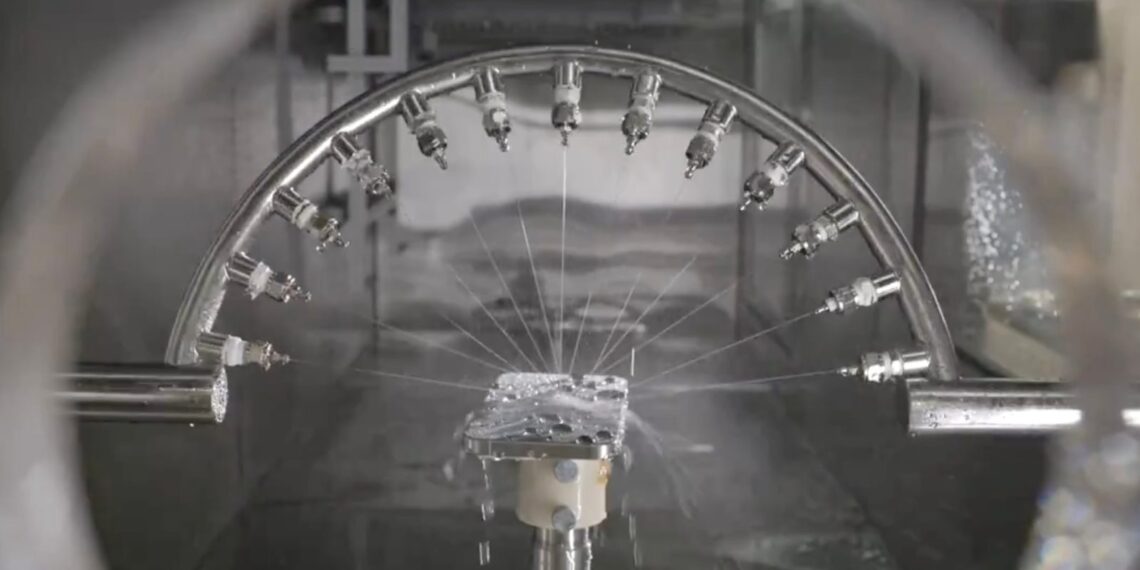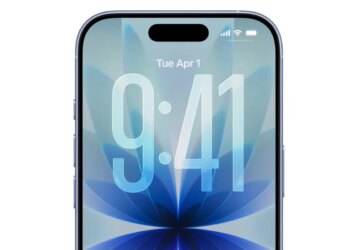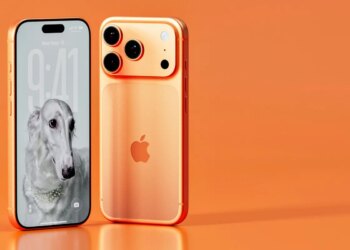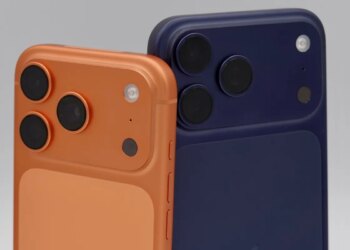Select Language:
Apple rigorously tests its products throughout the development cycle to ensure they endure the real-world challenges they will face. Before any iPhone hits the market, the company evaluates over 10,000 units to ensure reliability under various conditions.
Although Apple typically restricts access to its testing labs, the company recently opened its doors to select attendees at WWDC 2025, allowing them to explore how their devices are prepared for durability.
This is not the first instance of Apple showcasing its durability labs; last year, popular tech reviewer MKBHD received a tour and shared insights from his visit. This time, Counterpoint has provided a more in-depth look at Apple’s extensive testing methods.
These evaluations can be categorized into four key areas:
Environmental Testing
These assessments aim to emulate the diverse climate challenges faced by devices in use across 175 countries.
During the visit, we observed salt exposure tests running for up to 100 hours, light intensity exposure trials, and analysis of dust from the Arizona desert to see how fine particles affect iPhone components like speakers and charging ports. Some tests even recreate artificial sweat and earwax for AirPods, incorporating usage data that Apple has collected to reflect real-world scenarios.
Water Resistance Testing
Water and dust resistance are quantified using IP ratings, which adhere to industry standards outlining specific criteria.
For instance, the iPhone 16 Pro boasts an IP68 rating, the highest classification available. This signifies that it is completely dust-tight and can function normally after being submerged to a depth of six meters for up to an hour.
The IPX chamber test begins with a basic drip test to simulate rain, followed by water pressure tests using jets to cover all device angles. If the device successfully meets these conditions, it qualifies for an IPX5 rating. The device then undergoes high-pressure splash tests for an IPX6 rating, and finally, submerged tests assess for IPX7 and IPX8 ratings at depths of one and six meters, respectively.
Drop Testing
While casual drop tests conducted by YouTubers might be entertaining, real-life drops can produce vastly different results due to factors such as height, surface material, and impact angle.
Apple aims to recreate this broad spectrum of dropping scenarios during its assessments.
To achieve a more realistic testing environment, Apple has designed a robot that drops devices from varying angles onto different surfaces, like granite, asphalt, and particle boards. Each drop is meticulously recorded and analyzed through an app used by Apple engineers.
Vibration Testing
Although less conspicuous, devices need to withstand vibrations, such as those experienced on a motorcycle riding on rugged terrain. The variables here are vast, prompting Apple to subject its products to various frequency ranges.
The effects of these frequencies are simulated on a vibration table that exposes products to different shaking conditions, reflective of what they might encounter during shipping or everyday use, especially for motorcycles. Products are secured on the table and face diverse frequencies over extended periods.
Featured Products & Accessories
Image Credit: Apple







